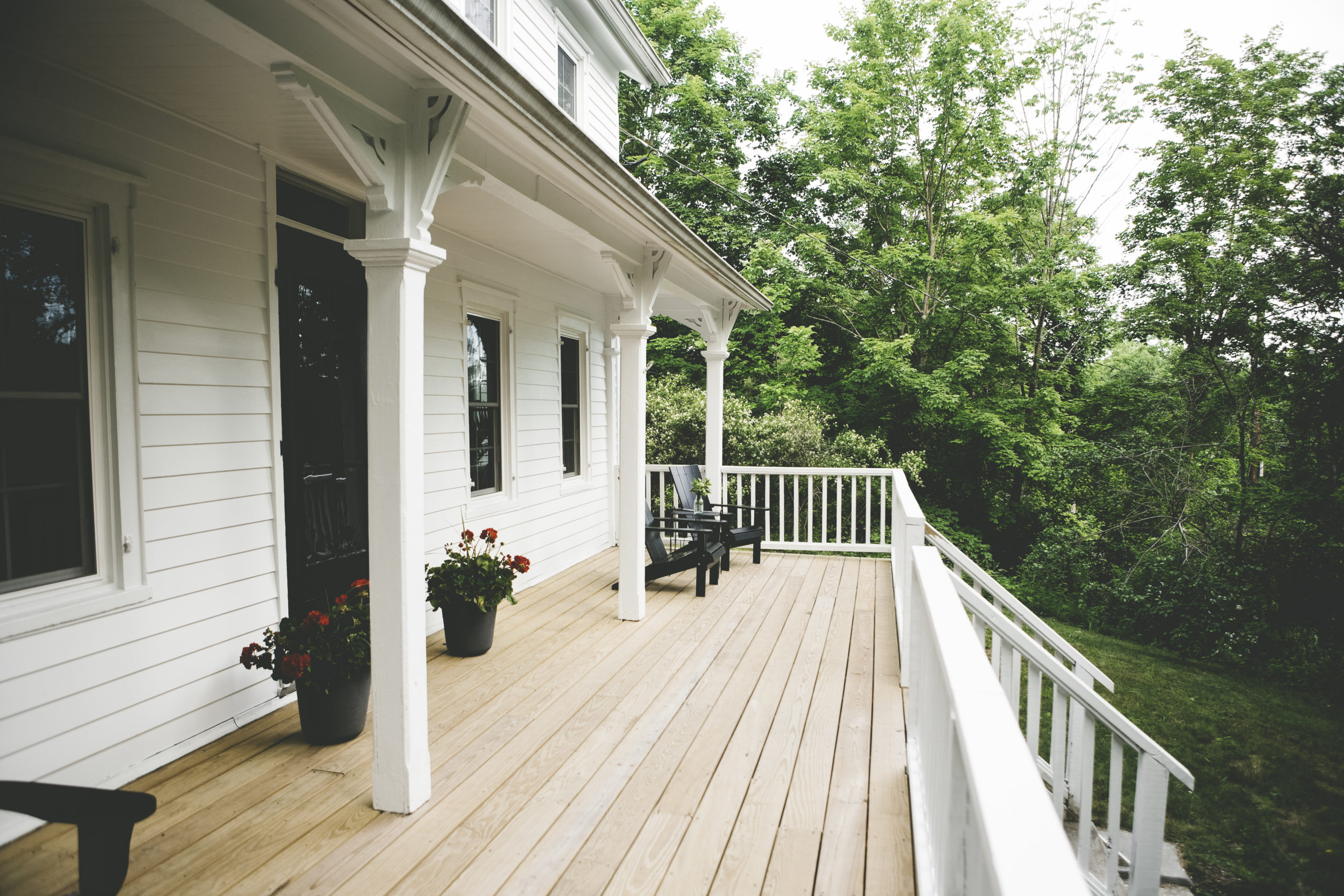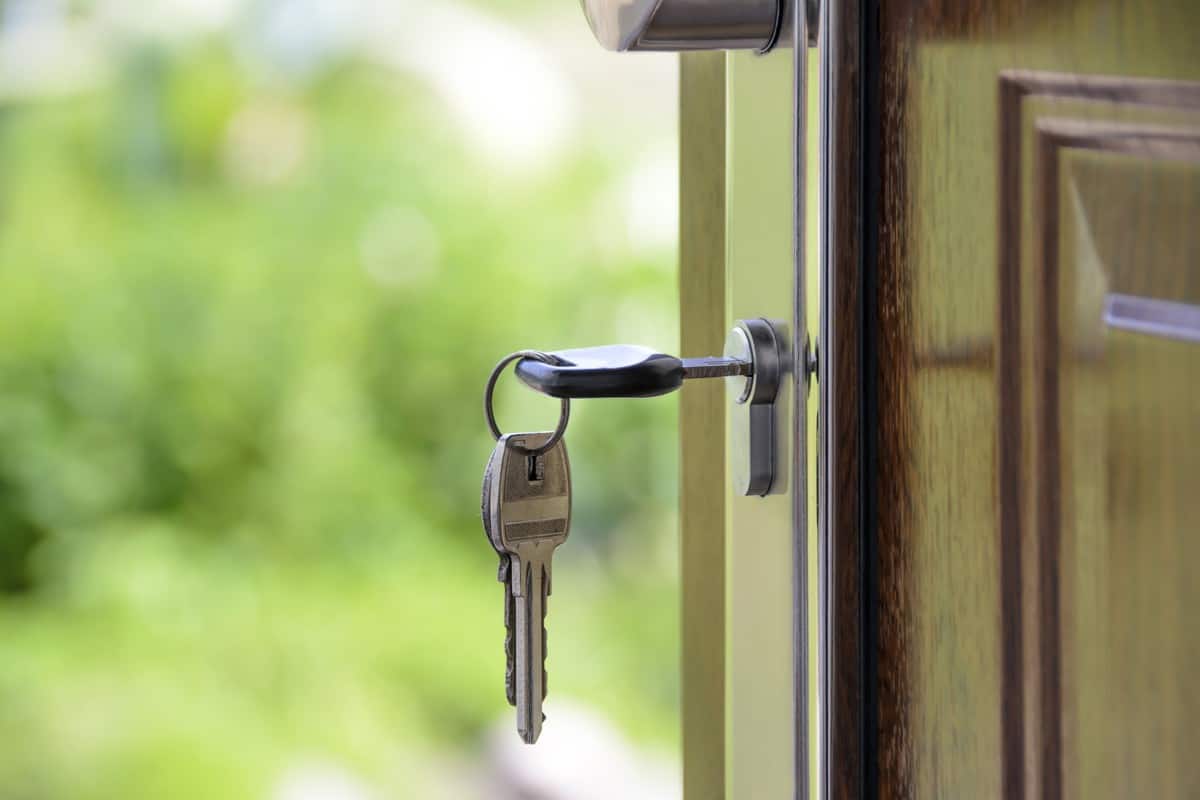The mortgage process can be overwhelming, so if you’re feeling a bit flustered by it all, you’re definitely not alone.
Nearly 4 in 10 (39%) Americans feel that getting approved for a mortgage loan is a financial obstacle to their ability to purchase a home, MyWalletJoy’s 2020 Hope for Homeownership Report found.
A mortgage is a complicated financial product that affects your household — and your bank account — for many years. Fortunately, whether you’re buying your first home, refinancing an old loan, or something in between, educating yourself about the process can lead to better decisions for your finances and your family.
Want to make sure you’re up to speed on mortgage loans before you apply for one? Here are 10 of the most common mortgage questions, answered.
1. What types of mortgage loans are available?
You’ve got four major options for a mortgage, each with pros and cons.
First, you have a conventional loan. Conventional loans include any mortgage not offered through a government entity. They usually come with higher rates and more stringent credit requirements than government-backed mortgages, although they typically require private mortgage insurance (PMI) if your down payment is less than 20% of the purchase price.
For government-insured loans, there are 3 main types. FHA loans are backed by the Federal Housing Administration and are designed for first-time homebuyers, buyers with less-than-perfect credit, or buyers who have little saved up for a down payment. They typically come with lower interest rates than other mortgage loans, but they also require PMI and other fees.
The other two common government loans are offered by the U.S. Department of Agriculture (USDA) and the U.S. Department of Veterans Affairs (VA). USDA loans are designed for buyers who are purchasing a home in a designated rural area, while VA loans are only for military members, veterans, and their immediate families. These loans typically do not require a down payment.
2. How much do I need for a down payment?
Your down payment varies based on what type of mortgage loan you choose and the price of your home.
FHA loans, for example, typically require a minimum of 3.5% down. On a $200,000 house, that would mean a $7,000 down payment. Conventional loans typically require at least 5% down, while VA and USDA loans usually ask for zero.
You might be surprised that the old 20% rule you’ve heard about isn’t entirely accurate.
Yes, it’s true that mortgage lenders don’t require a 20% down payment, but having that much to put down does save you money in the long run. Buyers who aren’t able to put down 20% usually must include PMI (private mortgage insurance) in their monthly payments and, depending on the type of loan, maybe even pay for it upfront when the home purchase closes.
“Mortgage insurance premiums are much like other insurance premiums, where the cost is dependent on a number of different factors, like FICO credit score and mortgage amount,” says Kevin McMahon, senior vice president of Genworth Mortgage Insurance.
“On average, though, monthly premiums on a $250,000 home with a 5% down payment are around $105 per month. Typically, you’ll pay those premiums until your mortgage balance falls below 80% of your home’s value, at which point you can contact your servicer to cancel your mortgage insurance coverage.”
FHA loans are the exception. Mortgage insurance is required on FHA loans until the loan balance has been paid off.
3. What is a mortgage interest rate?
A mortgage interest rate is the amount of interest you’ll pay each year for taking out your loan. It’s expressed as a percentage and varies depending on several factors. Your credit score, home price, down payment amount and loan type, along with the overall lending market play a role in what interest rate you’ll get on your mortgage loan. Your interest rate is stated on your lender’s loan estimate, along with other anticipated lending costs.
4. How does a mortgage rate differ from APR?
Like your interest rate, you’ll also see your mortgage APR, or annual percentage rate, on the loan estimate from your lender. Your APR includes your interest rate, as well as other costs tied to your loan. It’s designed to give you a big-picture look at the projected annual costs of your mortgage. If your APR is 4.9%, for example, you can expect to pay about 4.9% of your loan’s total balance each year in principal, interest, and other costs.
The APR is a great number to use when shopping for a mortgage. As Peter Boomer, a mortgage executive from PNC Bank explains, the APR adds in costs such as loan origination fees and interest discount points.
“It is always best for borrowers to compare APRs to get an apples-to-apples comparison,” Boomer says.
5. What’s the difference between a fixed-rate mortgage and an adjustable-rate mortgage?
With fixed-rate mortgages, you’ll pay a set interest rate over the entire life of your mortgage. This means that if you get a 30-year loan at a 4.5% interest rate, you’ll pay 4.5% in interest for the next 30 years (provided you stay in the home for that time period). Fixed-rate mortgages offer a consistent and reliable monthly payment, which can make it easier to plan your household budget.
Adjustable-rate mortgages (ARMs), on the other hand, come with interest rates that fluctuate. The interest rates typically are lower than those for fixed-rate loans, but only for a short period of time. That period can be three, five, seven or even 10 years. After that, your interest rate can rise or fall depending on the benchmark interest rate that your loan is tied to.
6. Can I get a mortgage with bad credit?
Generally, you can get a mortgage with less than perfect credit. FHA loans require a credit score of just 580 and currently ask for just around a 3.5% down payment.
That said, good credit is still king in mortgage lending. With a good score, you’ll have access to better interest rates, which means less money spent over the life of your loan.
As David Anderson, creative director at financial goal-setting app Vimvest, explains: “A credit score of 740 or more will give you the best interest rates. You can also get a good deal with a score above 700. However, anything less will mean paying fees or a higher down payment.”
What about boosting that credit score if it’s not so perfect? Paying off credit card debt, student loans and long-overdue bills can help, Anderson says.
“Don’t apply for credit before closing on the home, and stop using your credit card at least three months before applying for a mortgage,” he advises.
7. What’s the difference between a mortgage broker and a mortgage lender?
Sometimes it can be hard to tell whether a company is a mortgage broker or a mortgage lender.
Mortgage lenders are the financial institutions that actually lend money for your home purchase. Brokers, on the other hand, are more like consultants. They work with a number of lenders and help buyers find the right loan and interest rate.
Mat Ishbia, president of United Wholesale Mortgage, recommends thinking of a mortgage broker “as your personal mortgage shopper who shops on your behalf to find a lower rate, lower payment and lower cost.”
Mortgage brokers sometimes charge borrowers a fee for their services or, in many cases, get paid by the lender.
8. How do I find a good mortgage lender or broker?
Many people ask for referrals from friends, family, or even their real estate agents when seeking a mortgage lender or broker.
Jennifer Beeston, vice president of mortgage lending at Guaranteed Rate Mortgage, also suggests looking at third-party websites like Yelp, Google, and Zillow.
“Real reviews from real clients can help you determine who a good fit is for you. Assuming all lenders are the same is a mistake that can cost you thousands of dollars and potentially your dream house,” Beeston says. “You want someone with a visible track record of success who will take time to answer your questions and explain everything to you.”
Be sure to get a loan estimate from each lender or broker you consider. This gives insights into the fees, costs, and interest rates each one is offering and enables you to compare your options.
9. What’s the difference between prequalified and preapproved?
Both prequalification and preapproval are important in the home buying process.
While prequalification gives you a general idea of how much you qualify for, preapproval means the lender has actually evaluated your finances and tentatively agreed to approve your loan. A preapproval letter provides confidence when it comes time for a buyer to submit an offer on a house.
Jack McCambridge, co-founder and CEO of mortgage lender Eave, explains the difference between the two from a lender’s standpoint. “Prequalifications are typically done in just a few minutes, based on a few pieces of financial information provided by the borrower. Preapprovals, on the other hand, tend to require more financial documentation from the borrower and offer a more accurate picture of how much home you can actually afford.”
10. What is mortgage refinancing?
Refinancing involves taking out a new mortgage loan to replace your old one. Most of the time, you refinance to lower your mortgage rate and save money on both your monthly payment and the overall loan.
“Mortgage rates fluctuate,” PNC’s Boomer says. “They may go up and down over time. The interest rate is a main driver in determining your monthly payment. When rates drop, customers quite often can save money each month by choosing to refinance into a lower interest rate.”
Other reasons you might consider refinancing include:
- Shortening your loan term (say from 30 years to 10 years).
- Switching to a fixed-rate loan if the interest on your ARM is about to rise.
- Taking out a larger loan, then using the difference for home renovations or other major expenses. This is called cash-out refinancing or a home equity loan.
Now that you’re armed with the basic knowledge, you’ll have a better understanding of your next step. Maybe you plan to boost your credit score a bit before diving in, or perhaps you’re ready to start shopping lenders. Wherever you are in the process, continuing to learn along the way is always a solid move.



